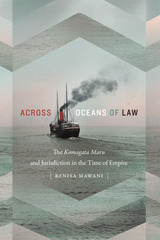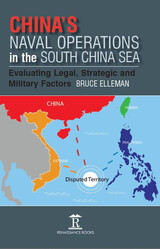

Contributors. Stacy Alaimo, Amy Braun, Irus Braverman, Holly Jean Buck, Jennifer L. Gaynor, Stefan Helmreich, Elizabeth R. Johnson, Stephanie Jones, Zsofia Korosy, Berit Kristoffersen, Jessica Lehman, Astrida Neimanis, Susan Reid, Alison Rieser, Katherine G. Sammler, Astrid Schrader, Kristen L. Shake, Phil Steinberg

In this book, Koh fully explains the many new concepts of international law that arose from UNCLOS III, such as the Exclusive Economic Zone, Archipelagic State, Straits Used for International Navigation, Transit Passage, Archipelagic Sealane Passage, and the Common Heritage of Mankind. He also discusses current threats to maritime security and explains the intricacies of the disputes in the South China Sea. Koh asks What can be learned from the success of UNCLOS? How can we build on that success and manage the new tensions that arise in the Law of the Sea? There is no better guide to this aspect of international law than Koh.


The Law of the Sea (LOS) treaty resulted from some of the most complicated multilateral negotiations ever conducted. Difficult bargaining produced a remarkably sophisticated agreement on the financial aspects of deep ocean mining and on the financing of a new international mining entity. This book analyzes those negotiations along with the abrupt U.S. rejection of their results. Building from this episode, it derives important and subtle general rules and propositions for reaching superior, sustainable agreements in complex bargaining situations.
James Sebenius shows how agreements were possible among the parties because and not in spite of differences in their values, expectations, and attitudes toward time and risk. He shows how linking separately intractable issues can generate a zone of possible agreement. He analyzes the extensive role of a computer model in the LOS talks. Finally, he argues that in many negotiations neither the issues nor the parties are fixed and develops analytic techniques that predict how the addition or deletion of either issues or parties may affect the process of reaching agreement.

READERS
Browse our collection.
PUBLISHERS
See BiblioVault's publisher services.
STUDENT SERVICES
Files for college accessibility offices.
UChicago Accessibility Resources
home | accessibility | search | about | contact us
BiblioVault ® 2001 - 2025
The University of Chicago Press









